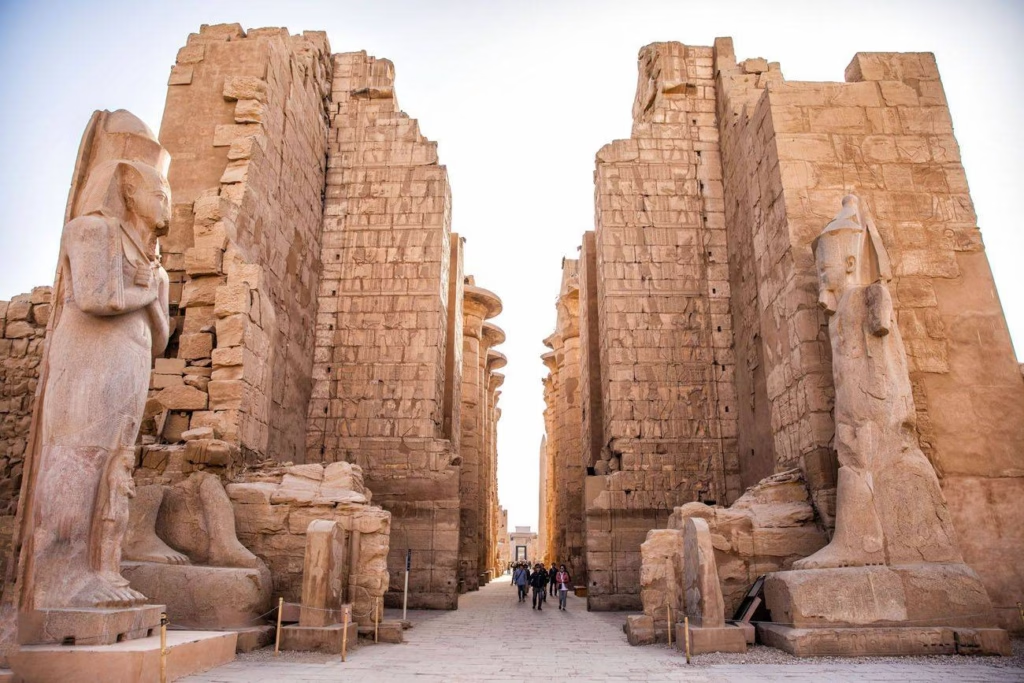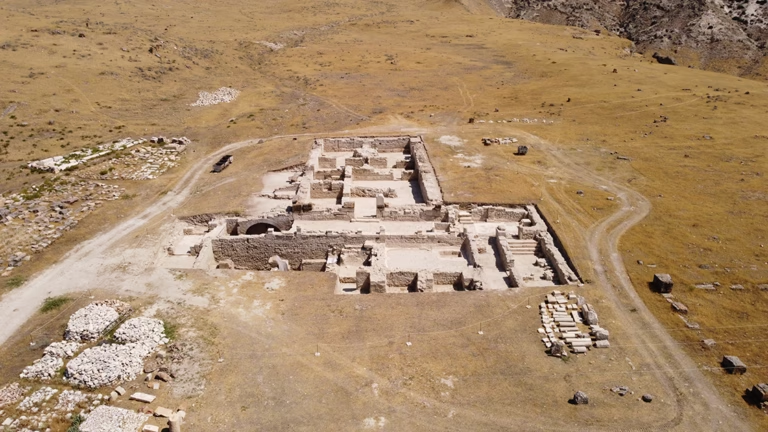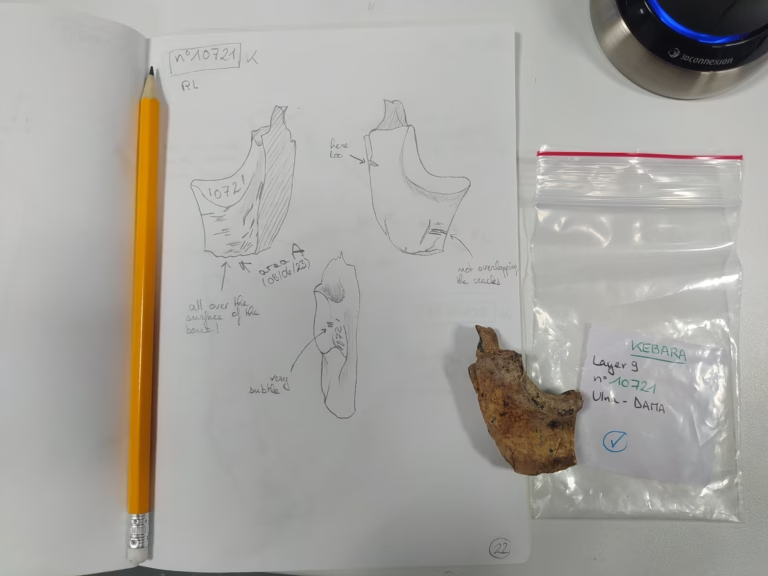Archaeological and written sources reveal Egypt’s political and economic influence over the Levant
Official documents and inscriptions from ancient Egypt provide striking insights into the geopolitical importance of the Southern Levant (modern-day Palestine, Jordan, and Israel) during the Bronze Age. Newly discovered cuneiform tablets, stelae, and temple inscriptions show that this region was not only a commercial hub but also a center of military and diplomatic activity for Egypt.
Egypt’s Political Dominance over the Southern Levant
Egyptian sources from the 18th and 19th Dynasties (c. 1550–1186 BCE) systematically document the Pharaohs’ political control over the Levant. Annual campaign records carved on the walls of Karnak Temple detail Thutmose III’s seventeen military expeditions into the Levant. Reliefs from the reigns of Seti I and Ramesses II depict many towns and fortresses in Canaan with remarkable detail.
Economic and Diplomatic Networks in the Bronze Age
A robust economic exchange network existed between Egypt and the Southern Levant, supported by diplomatic correspondence. The Amarna Letters and Taanach tablets, written in Akkadian—the diplomatic lingua franca of the time—are prime examples illustrating this international communication.

Epigraphic and Archaeological Evidence
Cuneiform tablets found at Pella and Deir ‘Alla in Jordan, along with approximately 25 Egyptian stelae discovered across the Levant, confirm Egypt’s sustained presence in the region. Notably, the Balu’a Stele combines Egyptian hieroglyphs with Canaanite iconography, indicating Egyptian ceremonial or political influence in eastern Jordan.
Inscriptions from the Karnak Temple mention Transjordanian routes (Wadi Yarmuk, Wadi Zerqa, Wadi Mujib), reflecting Egypt’s interest in eastern trade paths through the Jordan Valley.
Egyptian Propaganda Tools: Reliefs, Papyri, and Biographies
Egyptian authorities used various media to legitimize their power, including temple reliefs, literary papyri, and tomb inscriptions of military officials, all glorifying the Pharaoh. Papyrus Anastasi I contains satirical texts offering a different, sometimes critical, perspective on the Levant.
Documents That Changed History
These sources reveal that the Southern Levant was not merely a transit zone but a key strategic and economic center from the Bronze Age through the Hellenistic period.
Note: This article was prepared using Saeb Rawashdeh’s article from Jordan Times.
Cover Photo: The Balua Stele found on the Karak Plateau (Photo courtesy of David IIan)




